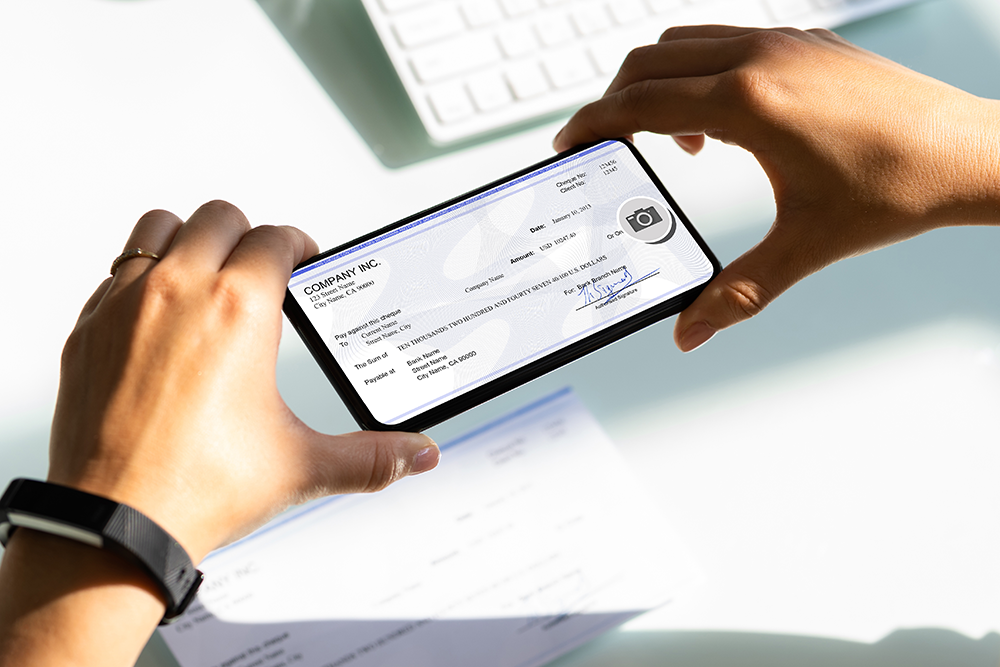Check Washing: What You Need to Know to Protect Yourself
In a world where it seems most of our transactions have gone digital, one type of fraud focused on traditional paper transactions has seen a resurgence. This form of fraud is known as “check washing” and involves altering the details on a legitimate check to divert funds to a scammer. Here’s what you need to know about check washing, how it works, and most importantly, how to protect yourself from becoming a victim.
What Is Check Washing?
Check washing is a form of check fraud where a criminal steals a legitimate check and uses chemicals to erase the original ink. Once the details are removed, the scammer rewrites the check to a new recipient or changes the amount to withdraw more funds from your account. The original check might be for a few hundred dollars, but after washing, it can be altered to a much larger sum, often in the thousands.
This type of fraud can go unnoticed until you check your bank statement, making it crucial to stay vigilant.
How Does Check Washing Work?
Criminals typically gain access to checks through theft. Here are some common scenarios where check washing can occur:
- Mail Theft: Checks can be stolen from residential or business mailboxes, or even from post office drop boxes.
- Inside Jobs: Employees at businesses or financial institutions might gain access to checks and use them for fraudulent purposes.
- Dumpster Diving: Scammers may search through trash bins to find discarded checks.
Once in possession of a check, the fraudster uses common household chemicals, such as acetone or bleach, to erase the ink from the paper. After “washing” the check, they rewrite it with new information, typically paying it to themselves or an accomplice.
Warning Signs of Check Washing
There are several warning signs that you may have fallen victim to check washing. Keep an eye out for:
- Unfamiliar Transactions: If you notice a check withdrawal that you don’t recognize, it’s time to investigate.
- Altered Check Details: Look for any signs of tampering, such as smudged ink or uneven handwriting.
- Missing Checks: If you sent out a check that never reached its intended recipient, this could be a red flag.
Steps to Protect Yourself
The good news is that you can take steps to protect yourself from check washing. Here’s how:
- Use Gel Pens for Writing Checks: Gel ink contains pigments that bind with the paper fibers, making it much harder for chemicals to wash away the ink. Always use a gel pen when writing checks to minimize the risk of alteration.
- Monitor Your Bank Accounts Regularly: Stay on top of your bank account activity by checking your statements frequently. Many banks offer real-time alerts for transactions, which can help you catch any fraudulent activity early.
- Send Checks Securely: Avoid leaving checks in your mailbox for pickup. Instead, drop them off inside a secure post office location or use online bill payment methods to reduce the risk of mail theft.
- Limit Your Use of Checks: Consider reducing your reliance on checks altogether. With the rise of digital banking, many payments can be made securely online through apps or direct transfers. This minimizes the opportunity for check fraud.
- Shred Old Checks: Don’t just throw out old checks or bank statements. Shred them to ensure they can’t be retrieved and used by criminals.
- Opt for Security Features: Some checks come with added security features, such as watermarks, special inks, or tamper-evident designs. If you frequently write checks, consider using checks with these added protections.
What to Do if You Become a Victim
If you suspect that you’ve fallen victim to check washing, act quickly:
- Contact Your Bank Immediately: Report the fraud to your bank and request a stop payment on any compromised checks. Your bank may also recommend closing the affected account and opening a new one.
- File a Police Report: This is important for both legal reasons and for helping law enforcement track down the perpetrators. Provide them with all relevant information, such as check numbers and amounts.
- Report the Fraud to the U.S. Postal Inspection Service: If your check was stolen from the mail, the Postal Inspection Service can help investigate the crime. You can file a report through their website or by phone.
While check washing is an age-old crime, staying informed and taking preventive measures can significantly reduce your risk. Protecting your financial security starts with simple actions, like using secure payment methods and regularly monitoring your accounts. By staying vigilant, you can prevent check washing from disrupting your financial well-being. Remember, staying one step ahead of scammers is the best way to protect yourself and your hard-earned money.


